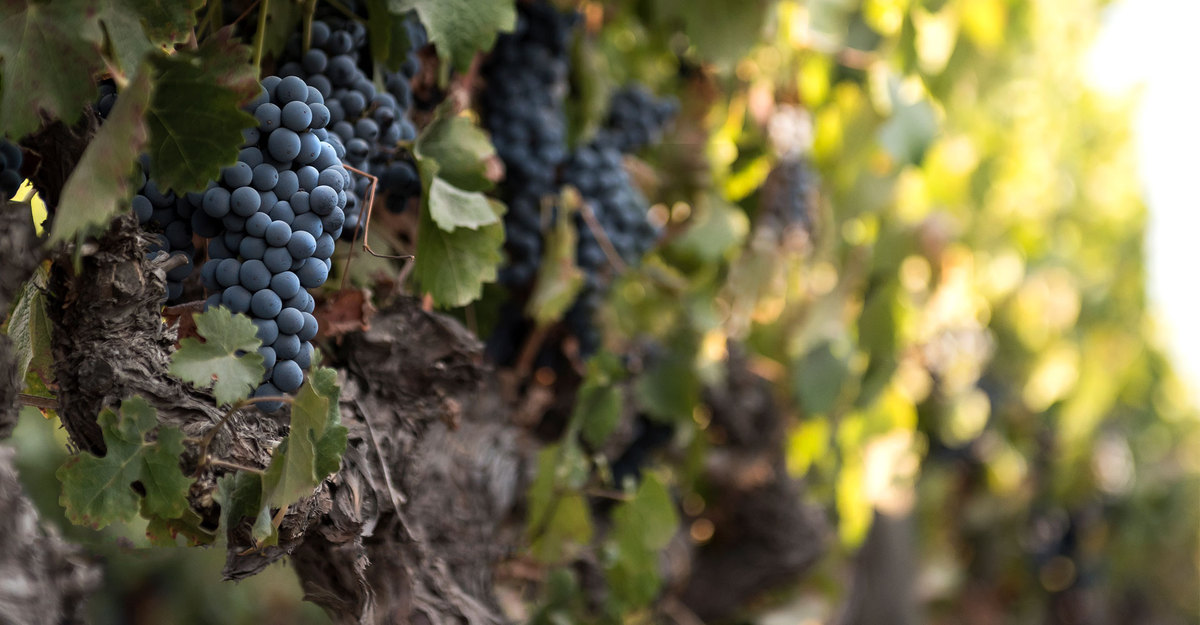4 de June de 2021
2021 Harvest report
The 2020-2021 season was favorable for Concha y Toro’s different high-end brands of wine.
“The 2021 vintage is very promising. In terms of typicity, it was similar to the 2018, which presented tremendous balance and quality, especially in varieties such as Cabernet Sauvignon, Chardonnay, and Pinot Noir. And in terms of volumen and quality, it has been a historic vintage.”
Marcelo Papa, Concha y Toro’s technical director. Head winemaker for Amelia and Marques de Casa Concha.
The 2020–2021 season was very challenging for viticulture due to environmental factors as well as having to face another year of the pandemic. Wise and opportune decisions made by the enological team, however, as well as the work, initiatives, and coordination of the enological, agricultural, and operational teams made it possible to deal with unforeseen incidents and ultimately, successfully bring in an excellent harvest.
While Papa stressed that Chile’s geographic diversity makes it difficult to generalize, there were certain similarities that appeared in the different wine regions around the country. The weather was significantly cooler and the heat summation was lower than in the past four vintages, which had a positive impact on all of the high-end wines. “For the premium wines, which come from very good sectors with vertically positioned trellising systems that help control yields, cool years tend to
be very interesting and produce excellent quality wines,” Papa explained.
The rain that fell in the Central Valley in late January and early February coincided with veraison (when the grapes begin to turn color) had a slight impact on the varieties with short cycles that are most affected by precipitation. The impact on the Bordeaux varieties, however, was positive because they develop better in an environment with more humidity. “These are optimal conditions for Cabernet Sauvignon, Sauvignon Blanc, Merlot, and Cabernet Franc, and we are achieving great
qualities,” Papa emphasized, stating as well that overall, the grapes were harvested an average of two weeks later than usual.
In terms of volume, the 2021 harvest produced yields that were considerably larger than thos of the previous year and resulted in a vintage that was generous in both liters produced and quality. Approximately a third of the volume was destined for wines in the premium and superior categories.
HARVEST BY VALLEY
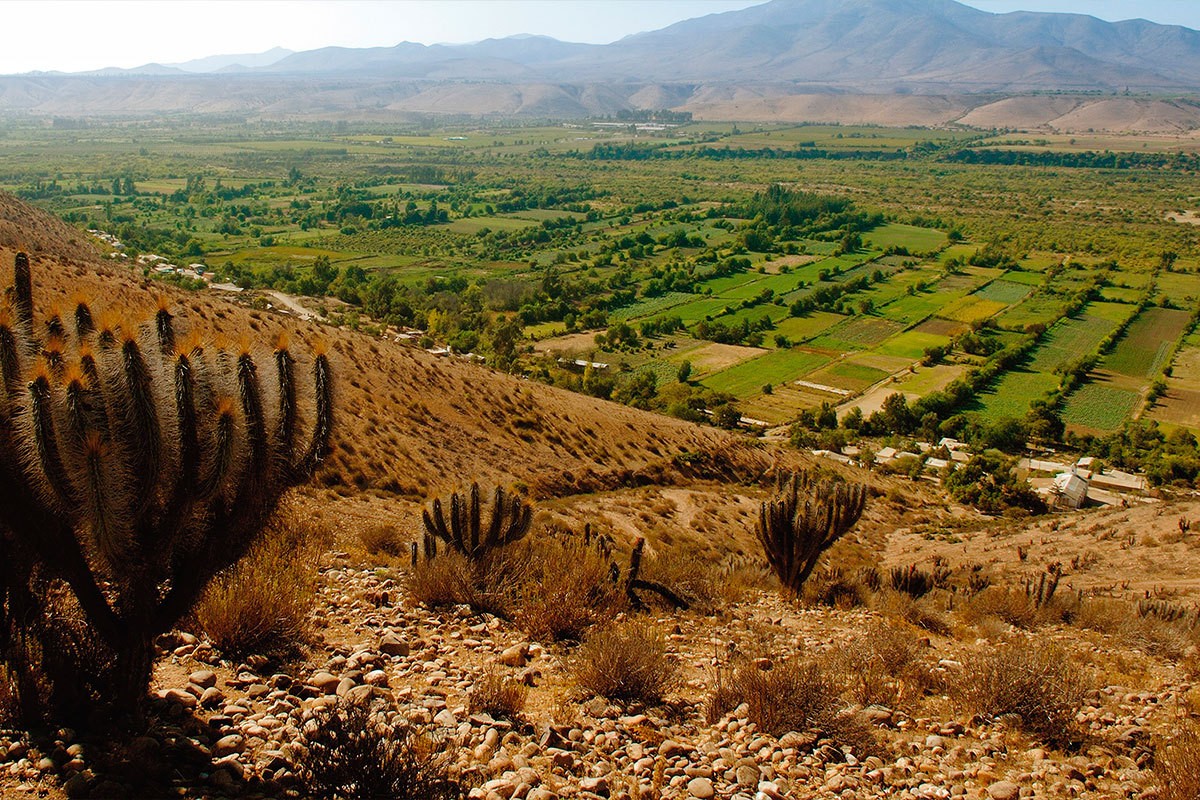
The 2020–2021 season was colder than average in the zone due to the La Niña phenomenon, and as a result, the harvest was delayed by 10–15 days with respect to the previous year. This was quite positive because the delay in ripening and a lower rate of degradation in the phenolic compounds (primarily aromas) contributed to producing wines that are very fresh with good acidity and intensity.
“We are meeting the production estimates, and the quality of the grapes is in accordance with our expectations. They are healthy and optimally ripe, which should result in very good wines,” declared Cristián Carrión, assistant manager for Concha y Toro in the Limarí Valley.

The season’s weather conditions in the Casablanca Valley included low temperatures, a considerable number of cloudy days, frosts, and drizzling rain, even in the middle of summer.
“We could see that we were going to have an unusually late harvest and that we needed to pay very close attention to the conditions this season. The weather was very different from other years, and we had to continually monitor the progress and health of the grapes,” said Lorena Mora, winemaker in charge of the Terrunyo Sauvignon Blanc.
By continually visiting the vineyard and carefully monitoring the fruit, the winemaker ascertained that the flavors and aromas were developing faster than the sugars and was able to adjust accordingly.
What was special about this season is that it was possible to reach optimal ripeness with very low sugar concentrations. “We are going to have a historic Sauvignon Blanc. It will be delightful—very aromatic, refreshing, and mineral,” she declared.
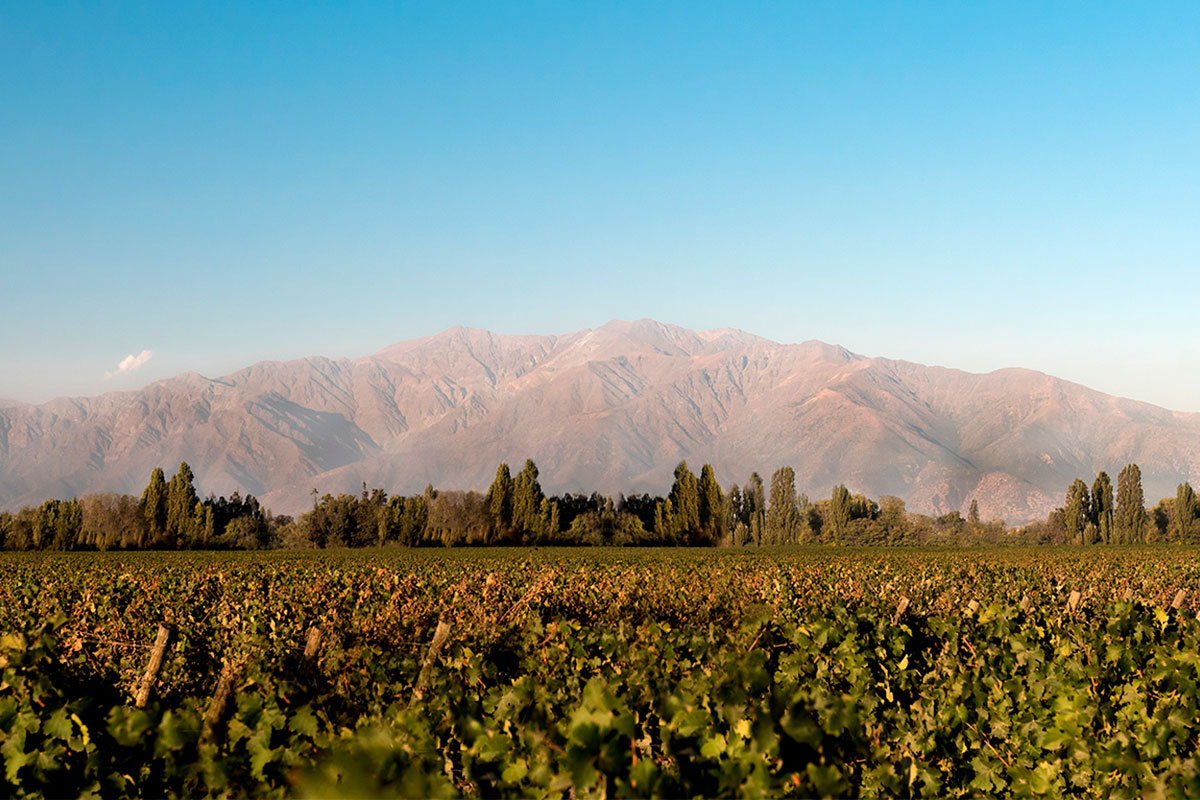
The Maipo presented characteristics that were very similar to those of other valleys. It was a very cool season with a heat summation that was much lower than in past years and intense precipitation during veraison.
As a result, the harvest began 10 days later than in the previous season to allow the fruit enough time to ripen properly.
“The rain did not impact the quality of the grapes because here we mostly work with Cabernet Sauvignon, which handles pre-harvest rain much better than other varieties,” said Francisco Juanicotena, Concha y Toro’s agricultural manager for the central zone.
In Puente Alto, one of the best terroirs in the world for Cabernet Sauvignon, the cooler weather had a positive impact on the grapes and yielded a well-balanced harvest with abundant expression and fruity notes.
Isabel Mitarakis, head winemaker for the Gravas line, said that “it will clearly be a very special vintage for the reds. And although the accumulation of sugars was not the measure of ripeness, the fresh fruit and greater presence of tannins resulted in complex wines with tremendous structure that will present excellent aging potential.”
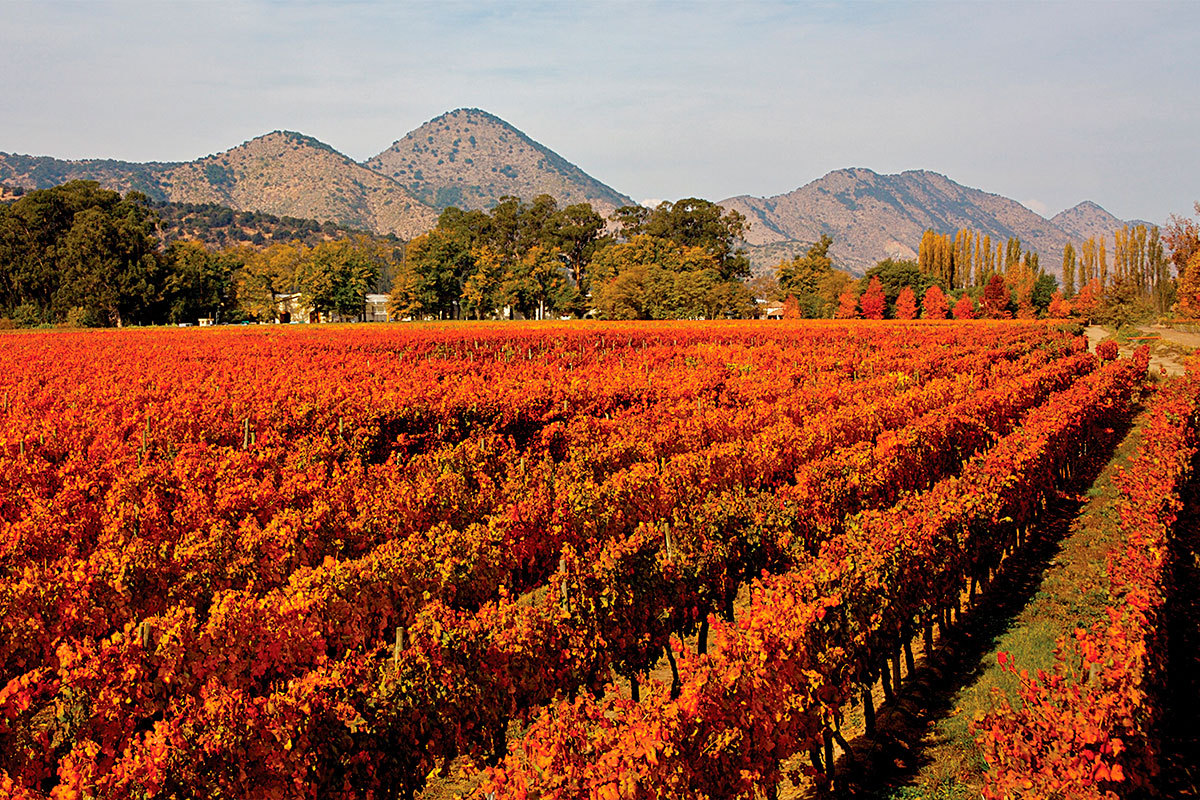
Marcio Ramírez, head winemaker for the Carmín de Peumo, Terrunyo, and Gran Reserva Serie Riberas lines, considers this harvest different because “it was a cold year with a heat summation that was quite low, with no considerable increase in January and February. This caused the grapes to ripen notoriously more slowly—at least two weeks later than inthe previous period.”
Due to intense rainfall in late January (more than 140 mm), a series of measures were implemented to obtain a healthy harvest without substantial loss.
“This was all possible thanks to the tremendous work and technical management of our teams,” said Domingo Marchi, Concha y Toro’s agricultural manager for the Cachapoal Valley.
He went on to say that they expect the quality of the grapes to be extraordinary this year, especially the Carmenere, because “they are progressing slowly and will coincide with the ripening of the tannins and have ideal brix.”
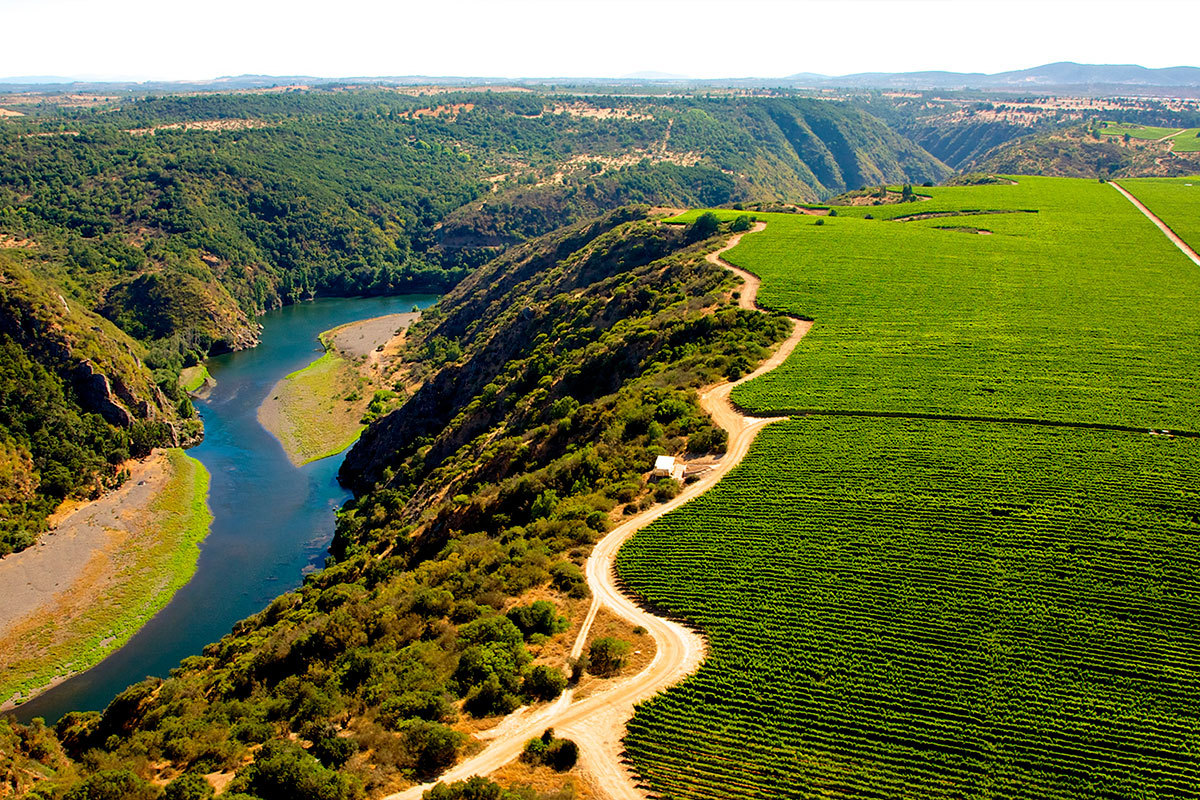
As in the other valleys, Colchagua’s harvest was quite different than others in the past. Not only was the 2020–2021 season cooler overall, but the temperatures in January and February, which are normally warm, were quite low. As a result, vine development was several weeks late, especially in comparison with 2019 and 2020.
All indications point to a successful harvest in both volume and quality, and as a result, this will be an excellent vintage for fine wines from this valley.
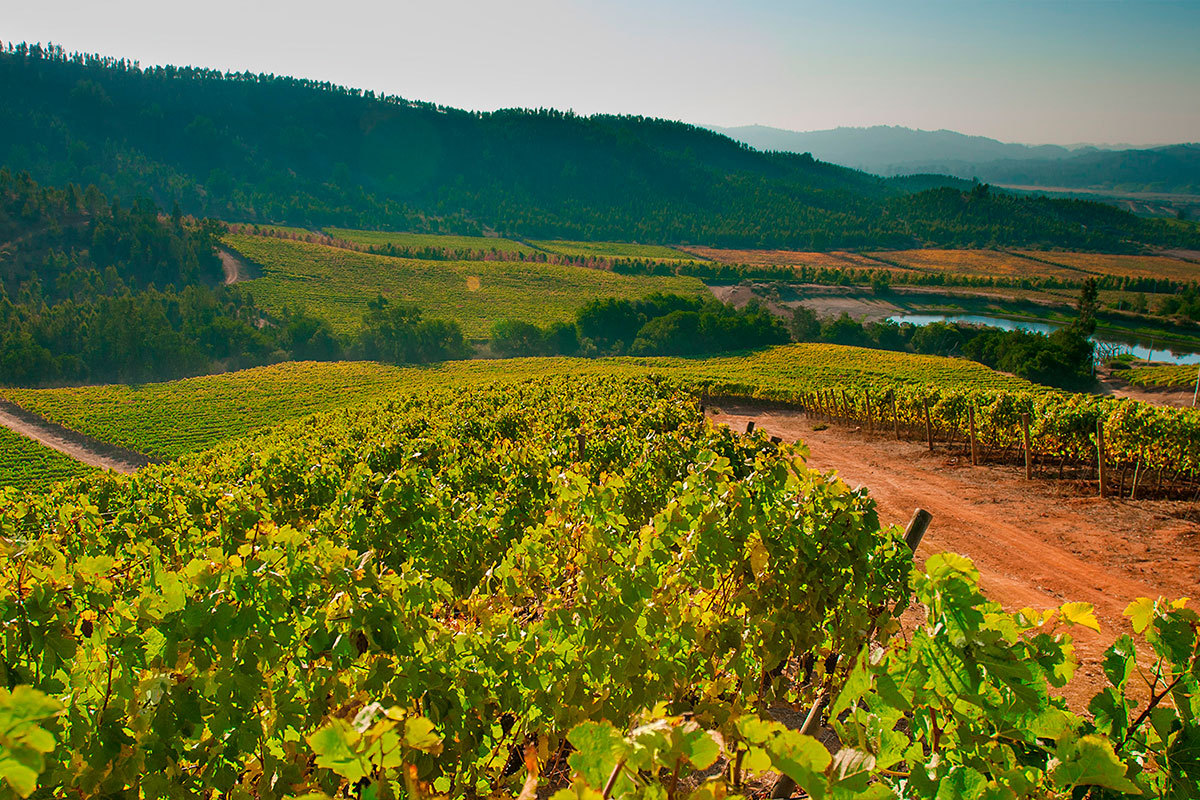
Harvesting began in the Maule Valley in early March and extended until April 25. The conditions remained stable after the precipitation in January and February, with moderate maximum temperaturas and cold nights, which contributed to the production of tremendous fruit expression and very smooth and elegant tannins.
“It has been a great harvest,” claimed Héctor Urzúa, the winemaker in charge of the Marques de Casa Concha Merlot. “The wines have good color and are juicy with lots of fresh fruit, and the Malbec from Pencahue and the Cabernet Sauvignon from the Fundo El Boldo in Cauquenes are outstanding.”
Rodrigo Acevedo, the agricultural manager for the Maule Valley, stated that thanks to the work and concern of the administrative teams at the different estates, they were able to successfully manage the nearly 80 mm of rain that fell in January, and that allowed them to maintain the health of the grapes and the aptitudes of the vineyards.
Acevedo therefore considers the season to be positive, because “the yields are greater than expected, and our grapes are of excellent quality—even better than in previous seasons. This has been a very successful harvest season for Maule.”

